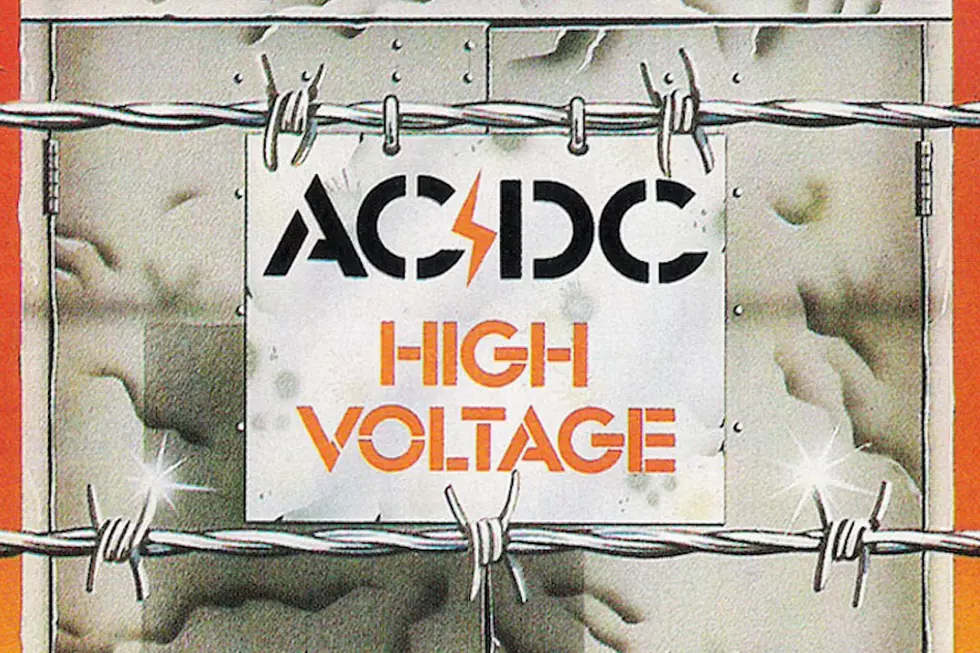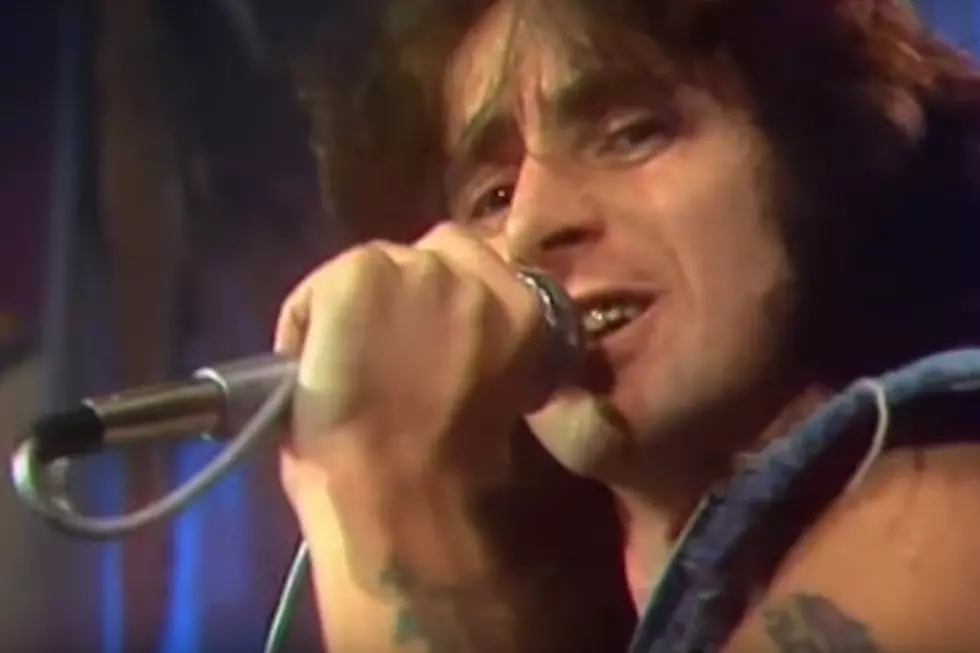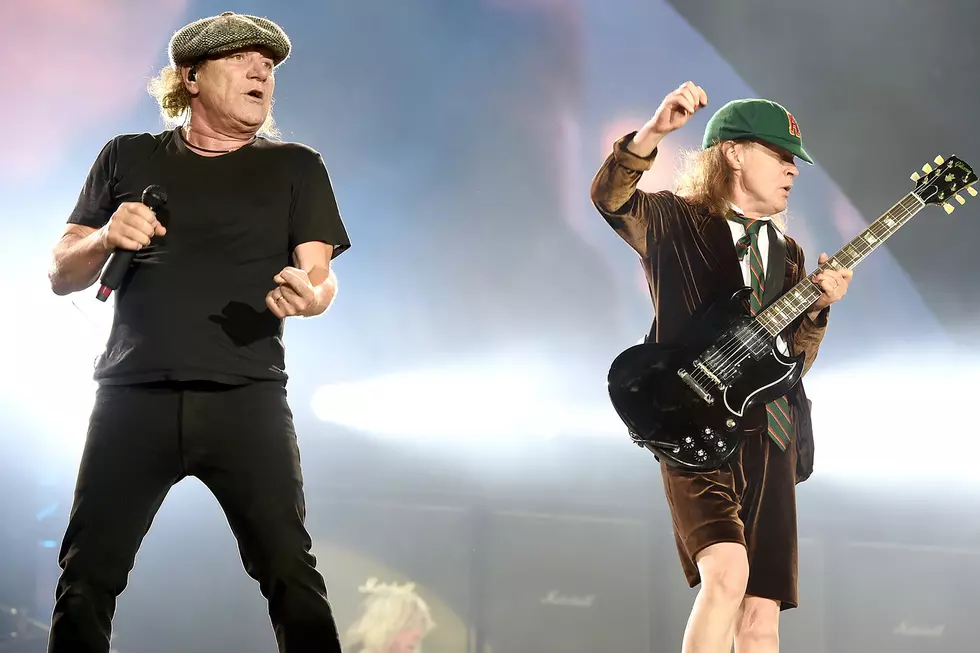
When AC/DC Kicked Off Their Career Back Home With ‘High Voltage’
AC/DC didn’t start coming to the attention of fans around the world until the international release of High Voltage in April 1976. But back home in their native Australia, the group was already well-established stars, having begun their “Long Way to the Top” on Feb. 17, 1975, with the release of the original, domestic version of High Voltage.
Today, this album sounds like a rather pale imitation of the “Thunder From Down Under” to be captured on the band’s better known, globally released LPs. But hey, everybody has to start somewhere.
And for AC/DC, the start came in November 1973, when siblings Malcolm and Angus Young decided to follow in their family’s strong musical tradition – older brother George had found stardom with the Easybeats; another brother, Alex, enjoyed great success with several groups – and join forces instead of competing against one another with different bands.
Choosing their name on the suggestion of sister Margaret, who would later convince Angus to don his school uniform onstage, the fledgling AC/DC cut their teeth on small stages while working through a succession of band members behind singer Dave Evans. And with the advice and support of the well-connected George, by July 1974 they had inked a deal with Sydney’s Albert Productions and released their debut single, “Can I Sit Next to You, Girl,” before deciding that Evans wasn’t the right man for the job.
So by September, Ang and Malc had kicked him to the curb and hired a charismatic singer named Ronald Belford "Bon" Scott — just in time to take over Albert Studios and record AC/DC’s first album, with the multi-talented George on bass and production duties (alongside his former Easybeats partner Harry Vanda), while Tony Currenti beat the drums.
Not until after the album’s release in the new year would AC/DC’s first true rhythm section of bassist Mark Evans and drummer Phil Rudd make their mark, so the use of session men definitely contributed to the unfamiliar qualities of the original High Voltage. Well, some of them, but not all ...
Tellingly, the most explosive song the band could conjure up in the studio at this early stage in their development was not its own, but a cover of Big Joe Williams’ “Baby Please Don’t Go.” But boy did they let it rip, delivering one of the all-time definitive renditions of the oft-covered tune (it's certainly the most violent, even more so than Ted Nugent’s version), which also doubled as their set opener for much of those first few years.
While some band originals – like “Soul Stripper,” “Show Business” and the grinding “She’s Got Balls” (Bon’s tongue-in-cheek tribute to wife Irene) – showed occasional glimpses of AC/DC’s iron-clad future template, the Youngs evidently hadn’t yet learned how to harness and then unleash their full sonic power.
Other High Voltage tunes were a work in progress: “Stick Around” and “You Ain’t Got a Hold on Me” both lack all that much energy, and “Little Lover” was a surprisingly limp leftover from the band’s short lived glam-rock days. And then there’s “Love Song,” which broke every blue-collar rock 'n' roll rule the quintet would live and die by in the years ahead with its distracting keyboards, saccharine melodies and sappy romantic lyrics, showing tough guy Scott as you’d never imagine (or want to).
Just as surprising and indicative of the work-in-progress that was AC/DC, the LP finds Malcolm handling lead guitar for parts for “Little Lover,” “Soul Stripper” and “Show Business,” having not yet completely handed off such responsibilities to baby brother Angus.
All this being said, AC/DC’s onstage antics were already becoming the stuff of legend, and, at least until future albums overshadowed it, High Voltage performed very well upon release. The album climbed all the way to No. 7 on the Aussie charts, fueling the band’s exhaustive promotion schedule across the country until the release of their even more successful sophomore album, T.N.T., in December 1975.
Together, these two Australian long players provided the songs that the rest of the world would come to know as High Voltage in its second edition on May 14, 1976. Of course, that amazing collection would have never been possible without the modest first steps undertaken on its lesser known, like-named predecessor.
Rock Hall's Worst Band Member Snubs
Check Out Angus Young’s Guitar Hero Yearbook Picture
More From Ultimate Classic Rock









